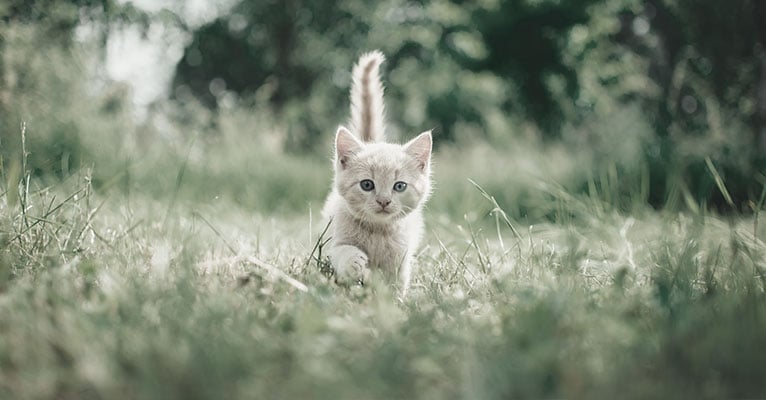By recognising genuine veterinary emergencies and understanding the warning signs specific to cats and dogs, you can distinguish between when immediate action could save your pet’s life and when a situation can wait for a regular vet consultation.
A veterinary emergency is any situation where your pet’s life is in immediate danger or where waiting could result in permanent damage, severe pain, or death. Unfortunately for pet owners, our furry friends cannot tell us where it hurts or how they’re feeling, making recognition of these situations even more critical.
Emergency situations typically involve:
Overall they are determined by 2 factors: time sensitivity and the severity of your pet’s condition.
Certain symptoms always warrant immediate veterinary attention, regardless of whether you own a cat, dog, or any other animal. If you’re ever unsure when to call an emergency vet service, these are key red flags:
Breathing problems are serious emergencies for your pet. Watch for:
Bleeding can range from a small cut to a more complex injury. If your pet’s bleeding has any of the three following qualities:
Fainting, collapse, or unresponsiveness always demands urgent care. Even if your pet recovers quickly, the underlying cause needs immediate investigation.
If you know or suspect your pet has ingested something toxic, don’t wait for symptoms to appear. Common household poisons include chocolate, grapes, onions, rat poison, lily pollen (for cats) and human medications.
Falls from height, car accidents, or attacks by other animals can cause internal injuries that aren’t immediately visible. Always have your pet examined after significant trauma, even if they seem fine.
“It is important to know what is classed as a veterinary emergency so you can make the right decision at a stressful moment.”
Dogs present their own set of emergency situations that require immediate recognition. Knowing when to take dog to emergency vet can be life-saving, so keep these scenarios in mind:
Gastric Dilatation-Volvulis (GDV) is a condition where your pet’s stomach becomes twisted. It can be identified by:
GDV is one of the most critical pet emergencies and to avoid serious complications, you need to take your dog to the vet immediately.
Whilst single, brief seizures might not be immediately life-threatening, they require urgent evaluation. Seek emergency care if:
Dogs don’t sweat like humans, making them vulnerable to overheating. Emergency signs include:
Heatstroke can escalate quickly and have serious consequences if not treated.
If you’re unsure when to take your cat to an emergency vet, always act on the side of caution with these symptoms.
Male cats are especially prone to urinary blockages, which can be fatal within 24-48 hours. Warning signs include:
This constitutes a true emergency requiring immediate intervention.
Open-mouth breathing in cats is never normal and always indicates severe respiratory distress. Cats naturally breathe through their noses, so mouth breathing suggests they cannot get adequate oxygen.
Cats with heart disease can throw blood clots that lodge in the arteries supplying the hind limbs. This causes:
Whilst dogs can safely go several days without food, cats can develop fatty liver disease if they do not eat for just 24-48 hours. This is especially dangerous in overweight cats and an important reason for when to call emergency vet services.
Not every concerning symptom requires emergency treatment. These situations can typically wait for our next available appointment:
However, always trust your instincts. You know your pet better than anyone, and if something feels seriously wrong then it’s best to be cautious.
When faced with a genuine veterinary emergency:
The decision to seek emergency care ultimately comes down to a simple question: “Is waiting until my regular vet opens going to put my pet at risk?” When in doubt, a quick phone call to our emergency vet can provide guidance and help you determine when emergency vet services are needed. We are happy to discuss whether your pet’s condition warrants immediate attention and then arrange an emergency appointment if necessary.
Learning to recognise these emergency situations is important so that your furry friend can receive the care that they need. The number for our 24 emergency vet services in London is 02045717625, or if you require a regular vet appointment, use the Petsapp button in the right hand corner of your browser.

The care and health of your pets is Kensington Veterinary Care's top priority. That is why we offer a comprehensive first opinion veterinary service for your furry friends.

Kensington Veterinary Care understand how special your pets are to you. That’s why we strive to provide only the highest quality veterinary care.
